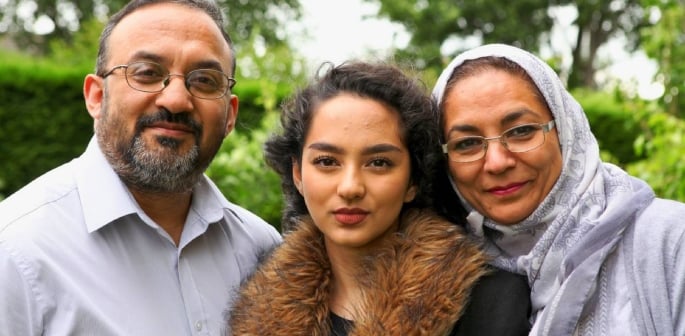Despite being around 60-70% of the British Pakistani population, there is little awareness of Mirpuris and the Mirpuri diaspora in the UK.
Something that all South Asians will relate to is that there are stories and traditions that are often shared but not widely known. Many histories became blurred, especially post-Partition.
Such is certainly true for the Mirpuris and as a result, there are a lot of stereotypes about this community.
Amongst these misconceptions are trivial narratives that can quickly get into darker territory.
There are a number of negative stereotypes that exist against the Mirpuri diaspora which can have real consequences in terms of hate crimes.
The aim of this article will be to not only dispel negative stereotypes but also inform of the history of British Mirpuris, bringing light to a much-hidden and under-discussed group.
The Background of British Mirpuris
The Mirpuri diaspora consists of people from the Mirpur district and the areas around Azad Jammu and Kashmir (AJK).
AJK as a region of Pakistan is known to have some element of self-government.
The UN officially calls it “Pakistan Occupied Kashmir”.This has aided in the erosion of the “Jammu” part of AJK, which was historically a larger portion of AJK than Azad Kashmir.
In Mirpur’s history, there appear to be a lot of nuances and alleged misconceptions in the historical narratives, including that all Mirpuris are Kashmiri and want independence.
Due to the way the histories were handled, it is difficult to know fact from fiction. Though we can say for certain that the modern Mirpur district is smaller, with Bhimber and Kotli separated.
The creation of the Mirpuri diaspora technically started with migration to Mumbai in the 1920s.
But it was the second wave of migration that ensured more migration outwards would occur.
This was due to the construction of the Mangla Dam in the 60s when agricultural land was flooded.
It is difficult to state just how large the…
Read the full article here





